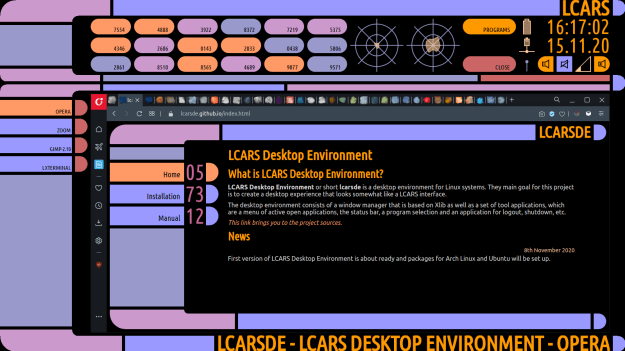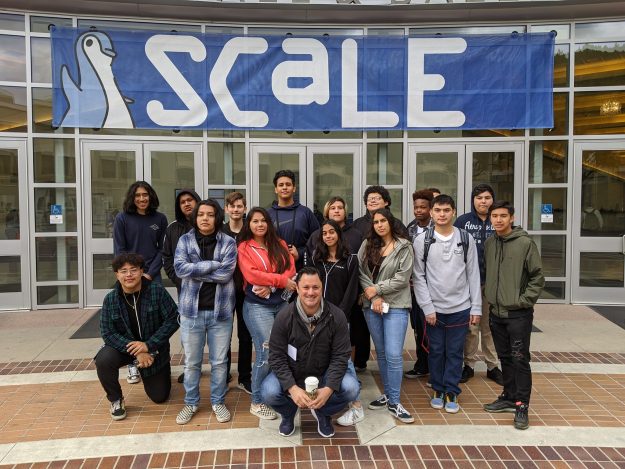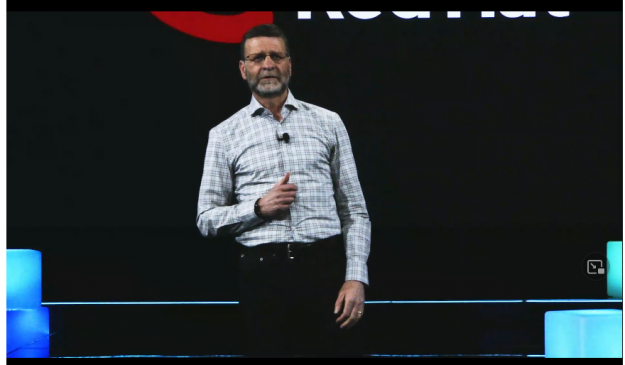How closely did you follow the news about Linux and free and open source software this week? You can get an idea about how well informed you are (and have some fun in the process) by taking our weekly Open Source News Quiz. Once you're done, scroll down to the comments section and let us know how you did!
FOSS Force
The last year or so was already a wild ride for the open source instruction set architecture RISC-V, then Intel stepped in, took a top tier membership, a seat on the board, pledged to spend a billion dollars on the architecture, and began partnering with key RISC-V vendors.
We wonder what the crew from the Enterprise would think of 21st century Earthlings giving up Gnome, KDE, or Xfice for the official desktop environment of Star Fleet.
How closely did you follow the news about Linux and free and open source software this week? You can get an idea about how well informed you are (and have some fun in the process) by taking our Open Source News Quiz.
Until now the AlmaLinux OS Foundation has been operating with a board of directors that was fully appointed. That's getting ready to change with an election that's getting ready to happen.
With SCaLE getting ready to celebrate its 20th birthday in a few weeks, we decided to take a deep delve into one of the best known community-focused Linux conferences.
The banks foot the bill for the platform, which keeps detailed eyes on a vendor's financials to satisfy regulatory requirements. Bank customers involved in the legal cannabis business get access for free.
Rocky Linux, a Linux distribution intended to be a drop in replacement for Red Hat Enterprise Linux, has released version 8.6, which puts it on par with the latest and greatest from Red Hat.
The 48 hour turnaround is looking like the norm for AlmaLinux, a feature-by-feature clone of Red Hat Enterprise Linux.
According to Red Hat's CEO, pandemic caused logistical changes such as remote working were already a part of the open source ecosystem, which has helped put FOSS further ahead of the curve moving forward.










